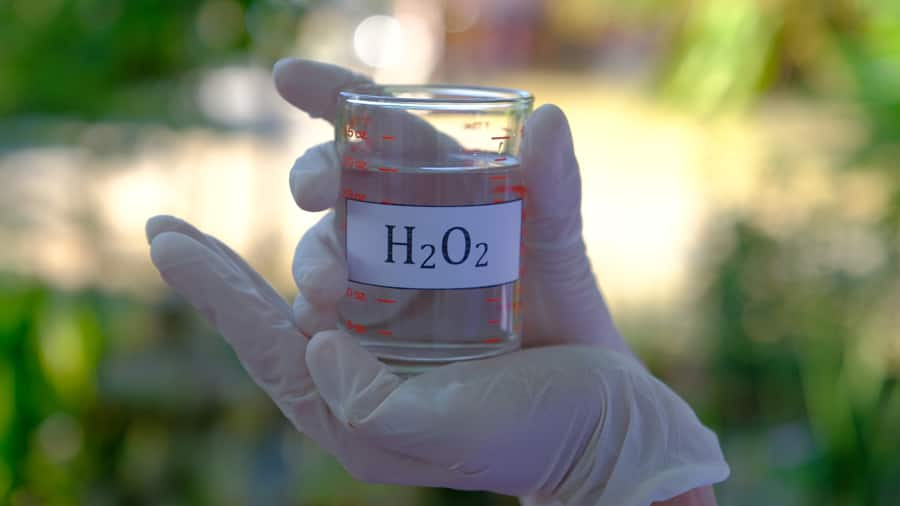Possible Causes of Bleeding Gums
Normal gums are pink and firm to the touch. If your gums appear bright red, swollen, puffy or sensitive, it's a sign of gum disease. The first stage of gum disease is gingivitis, the most common cause of gum issues in adults. According to the National Oral Health Survey of India, 41.2 percent people in 35-44 years age group are affected from gum disease. However, there are other causes of swollen or bleeding gums which include:
- A person who has a bleeding disorder
- Pregnancy and hormonal changes in women
- Wearing dentures that don't fit properly
- Brushing too hard
- Incorrect flossing
- Systemic infections
- Use of chemotherapy
- People on blood thinner medication
- Smoking and chewing tobacco
- Vitamin deficiency
Preventive Measures
Proper oral hygiene helps prevent swollen, bleeding gum issues. Brushing for about two minutes at least twice a day and flossing at least once a day is essential. To brush your teeth correctly use short, gentle strokes and pay extra attention to the gum line, your back teeth and any fillings, crowns or restorations you have. Consider using a soft-bristled toothbrush which has a flexible toothbrush head and is specifically designed to prevent excess pressure on your gums.
Start a flossing routine once an evening before you go to bed. Proper flossing between the teeth, curving the floss around the tooth in a "C" shape and gently moving it up and down as well as under the gum line is important. Make sure you use a new section of floss for each tooth so you are not moving plaque around from tooth to tooth. Because flossing helps to remove plaque bacteria and food debris, it's an important preventative step in avoiding gum disease.
Swollen and Bleeding Gums in Children
According to the Indian Dental Association, studies indicate that 70% children under 15 years have gum diseases. The IDA further says that the oral health/general health connections or problems can be prevented and treated by being aware of their existence, paying attention to oral preventive home care and accessing professional oral health care. The IDA recommends that parents should take their child to the dentist for initial check-up after the first tooth appears, but only after the child is a year old, and regularly after their first birthday and at regular intervals thereafter.
If your child is getting a new tooth, you will see swelling and redness in that area. Apply ice to the area to soothe the inflammation. Sometimes, hard candy or crunchy items can scrape a child's gums, which can cause bleeding and swelling. It's also common for children to injure their mouths after a fall or while playing. If the injury looks severe and any bleeding lasts more than 10 minutes, visit a doctor.
Treatment
For milder cases of swollen gums, consider cleaning the gums properly and swishing salt water around in your mouth which can help reduce swelling. For bleeding gums, a gauze pad dipped in ice water or a damp tea bag pressed on the site will provide relief. In normal circumstances over-the-counter pain relievers such as Ibuprofen or Acetaminophen can be taken to reduce pain.
The best treatment for gingivitis is a professional dental cleaning to remove tartar and plaque. Brushing with a good antimicrobial toothpaste fights bacterial germs for 12 hours and helps to reduce plaque, gingivitis, tartar build-up, cavities and bad breath between visits to your dentist.
This article is intended to promote understanding of and knowledge about general oral health topics. It is not intended to be a substitute for professional advice, diagnosis or treatment. Always seek the advice of your dentist or other qualified healthcare provider with any questions you may have regarding a medical condition or treatment.
ORAL HEALTH QUIZ
What's behind your smile?
Take our Oral Health assessment to get the most from your oral care routine
ORAL HEALTH QUIZ
What's behind your smile?
Take our Oral Health assessment to get the most from your oral care routine













